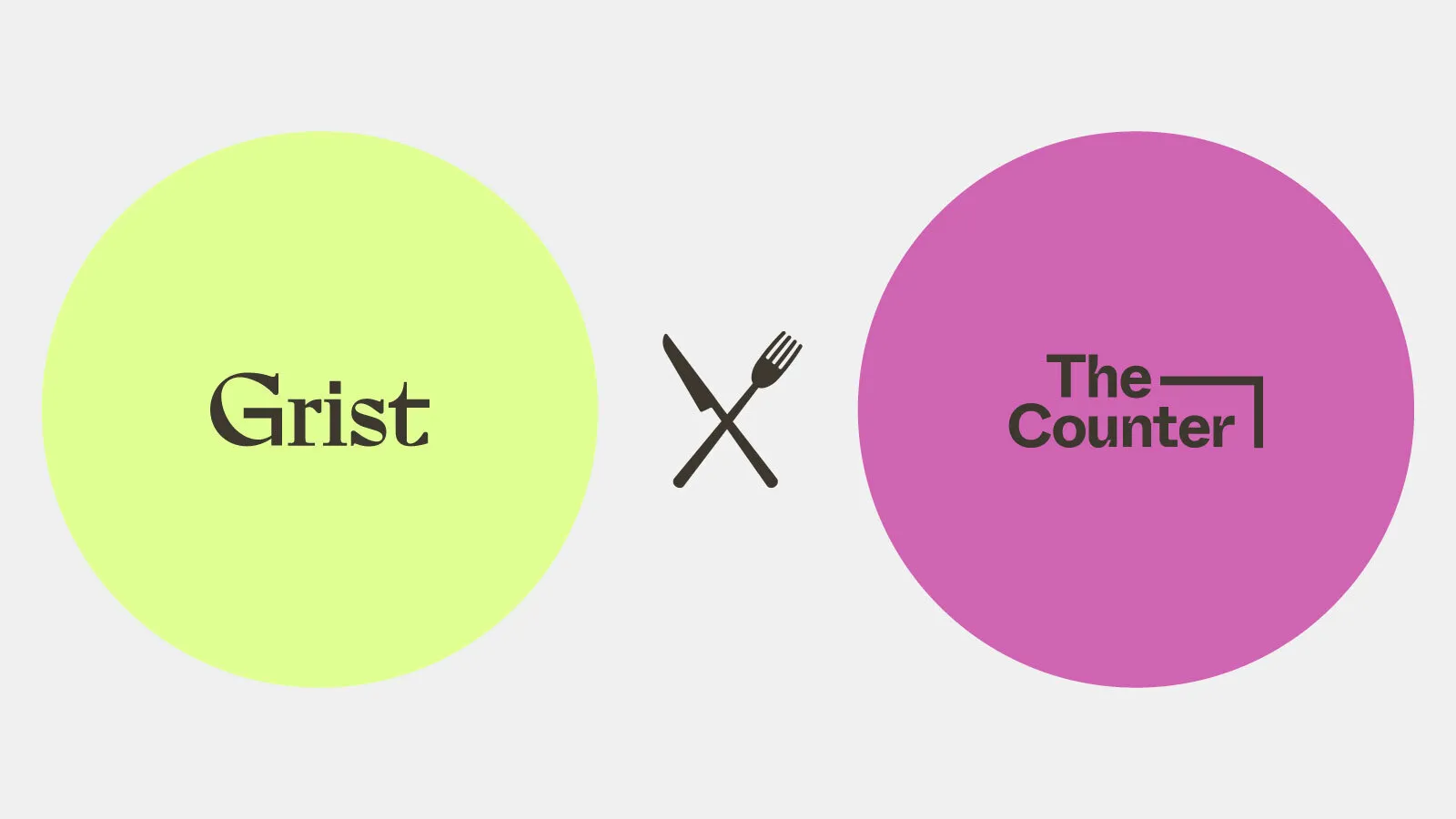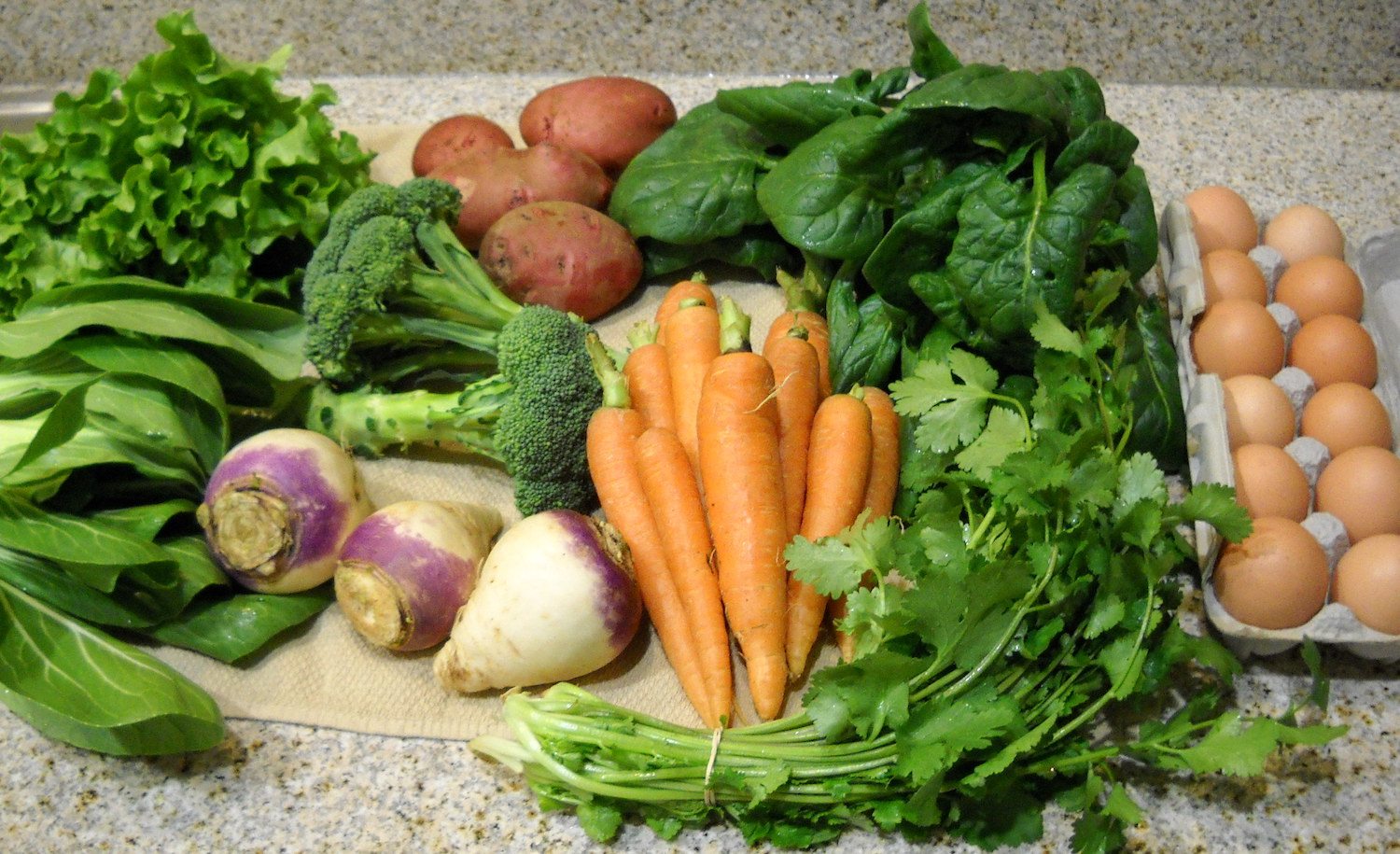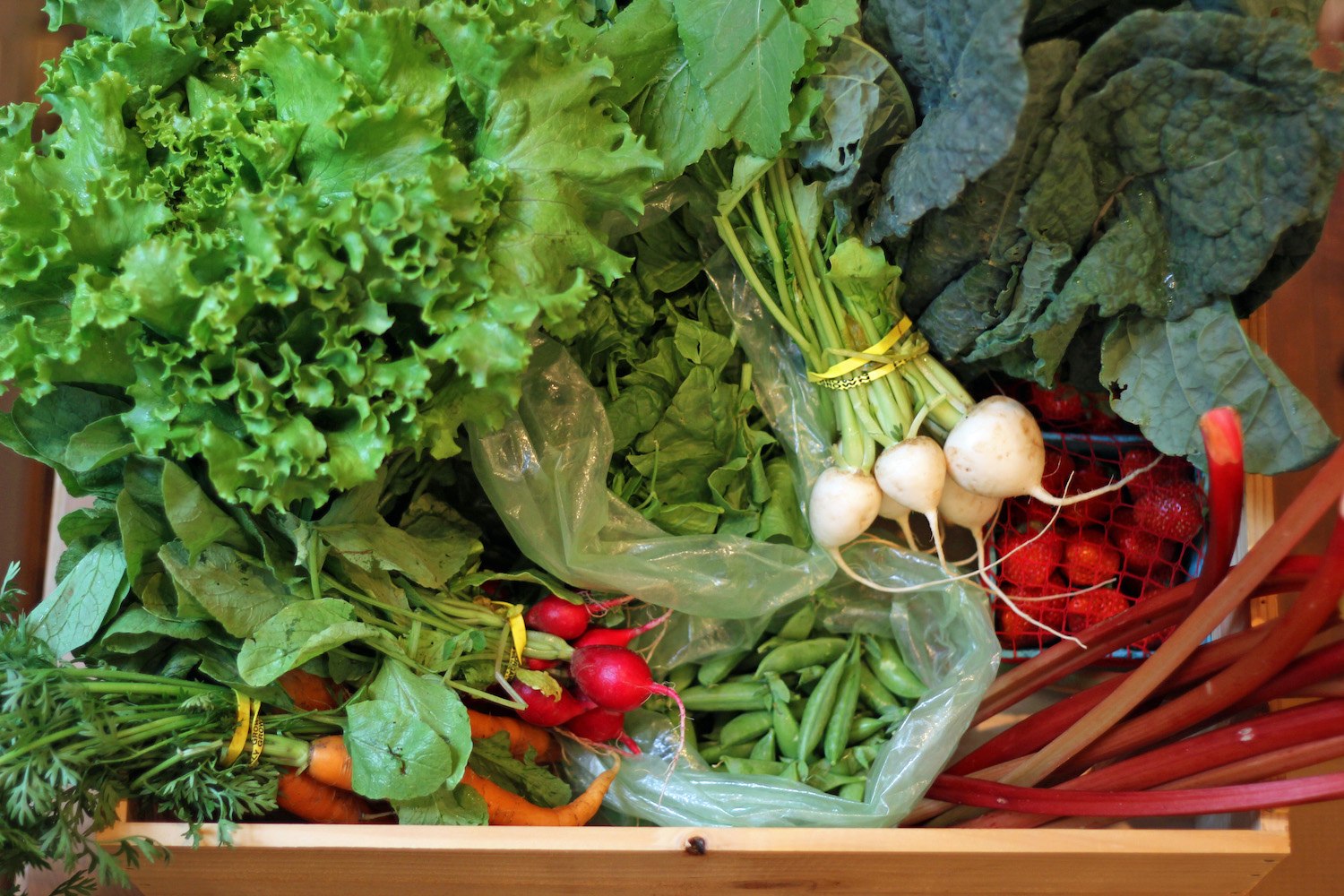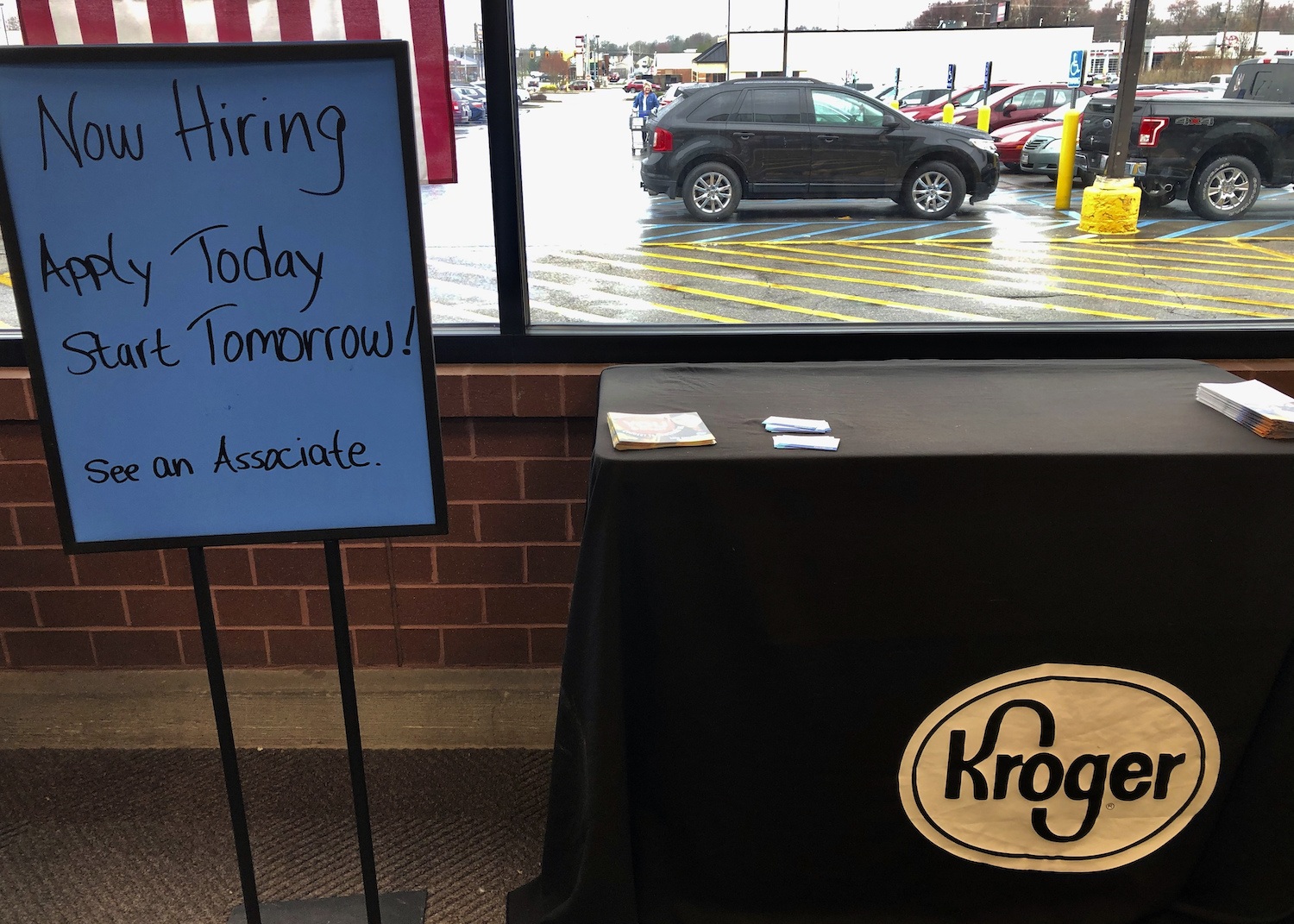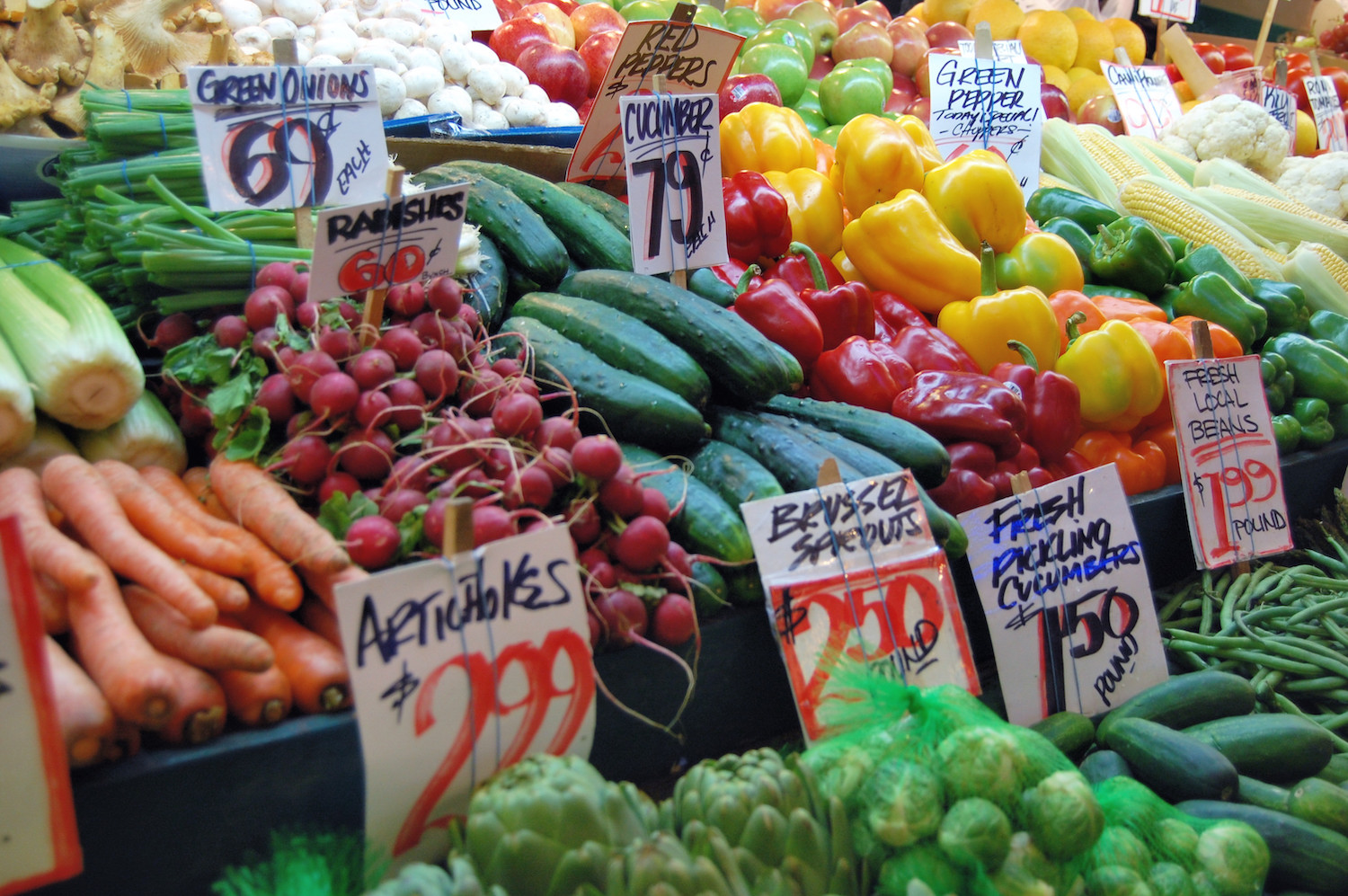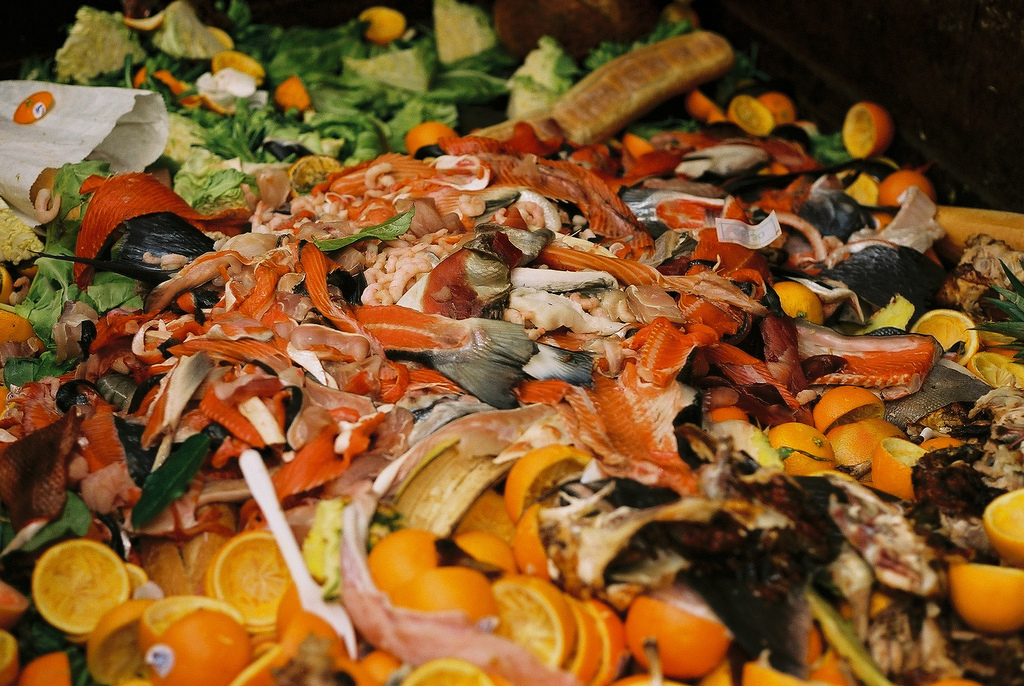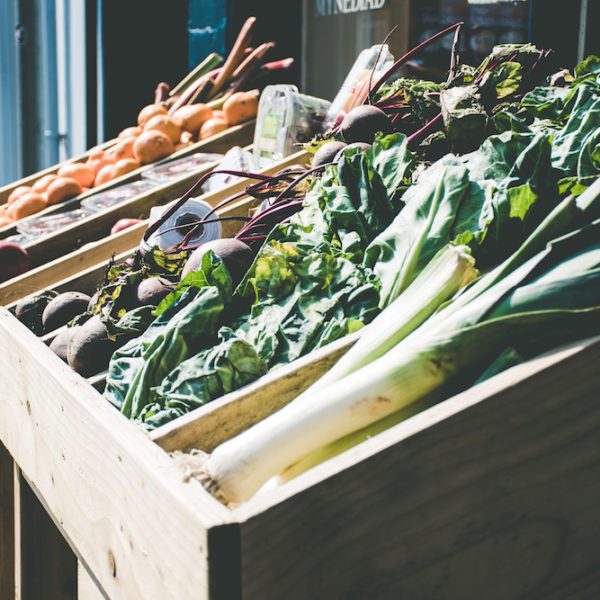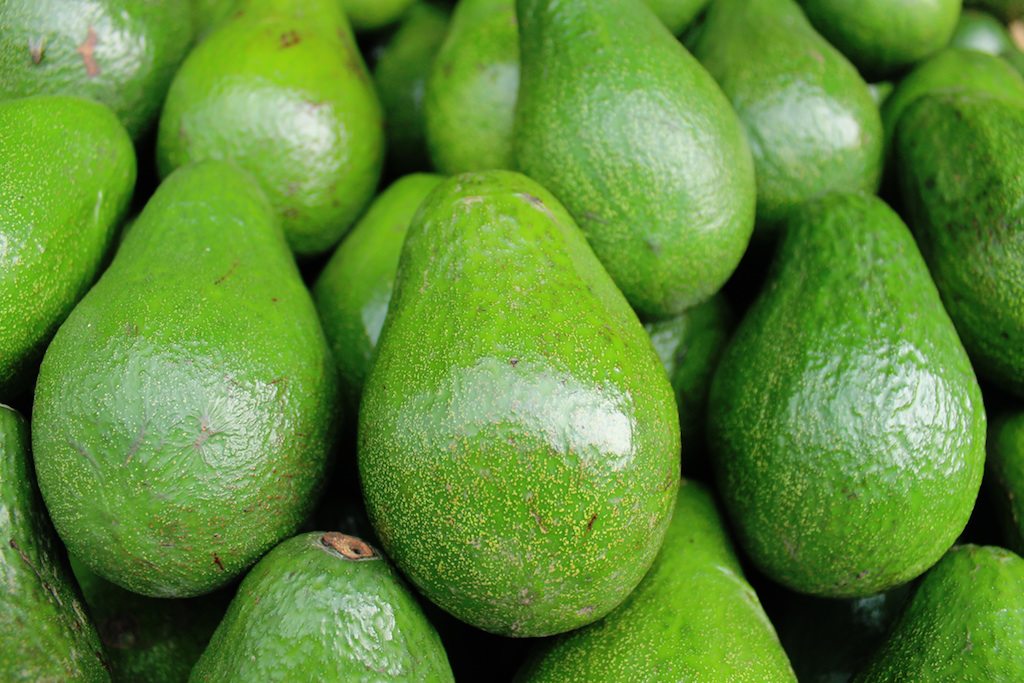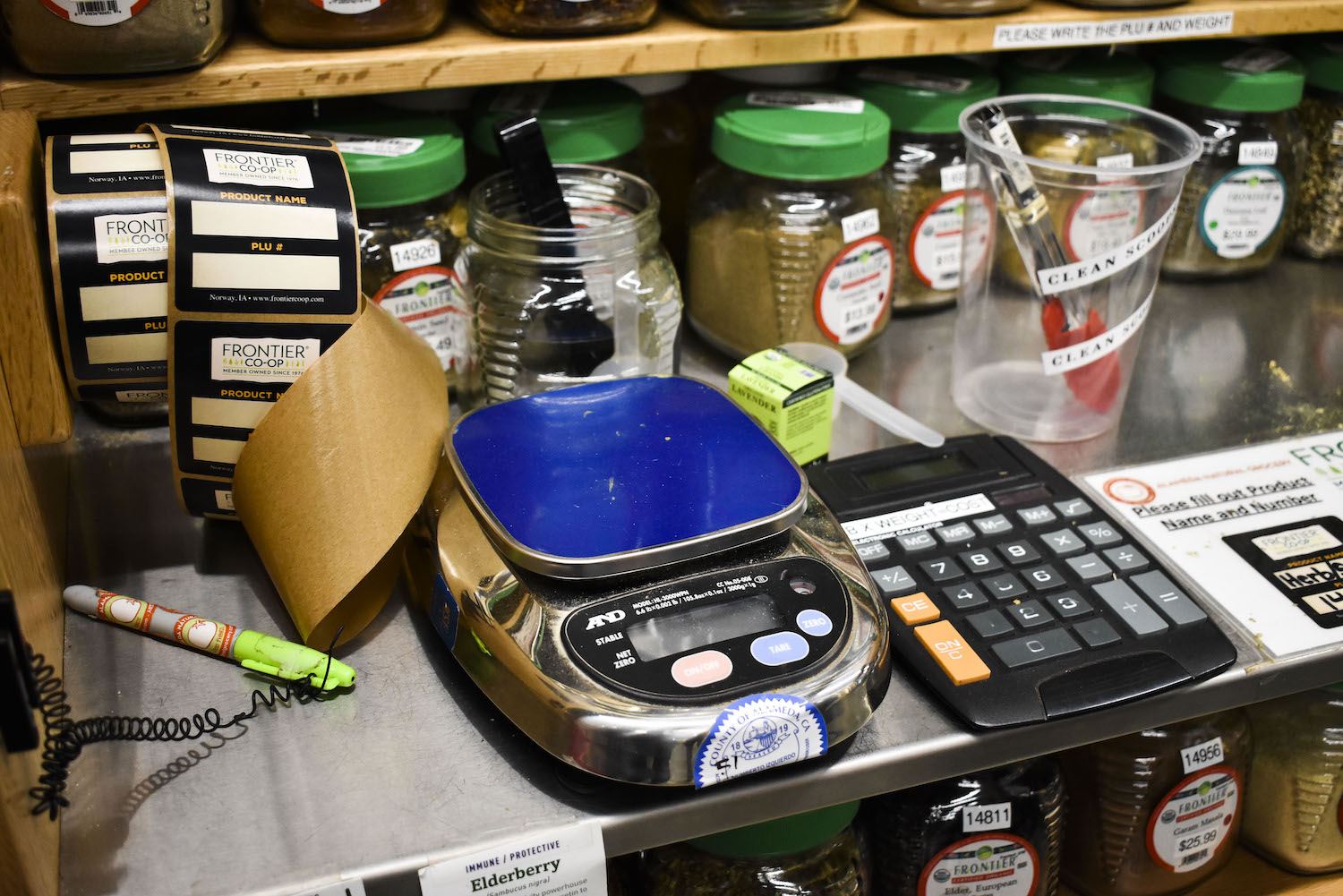
Karine Vann
Inside the push to revamp a neglected corner of the supermarket—one that has long resisted transformation.
Bulk means a lot of things to a lot of people. For some, it’s wholesale bargain shopping in the hulking aisles of a Costco. For others, it’s decanting flax seeds and whey into BYO mason jars from a gravity dispenser at Whole Foods. That the term conjures such competing imagery is no accident: It speaks to the food retail world’s resistance to define the practice of selling loose goods without meticulously packaging them first.
For the purposes of this article, “bulk” will refer to the bulk foods department, the part of the grocery store where goods are sold in self-serve dispensers, often more cheaply, in whatever quantity, and without packaging. As a concept, it’s been around for a while, though today it doesn’t get much real estate. The average grocer rarely devotes more than a section of one aisle to it, largely because its profitability is in constant doubt. Theft in this aisle is high. So is confusion. There are gizmos and gadgets, pens and scales—and no one, except maybe the most hardened health nuts at Rainbow Grocery, seems to know how exactly it’s supposed to work.
As a result, it feels like an underdog compared to the endless rows of pristine, pre-packaged goods. And as the Amazon-ification of everything conditions us to believe that the procurement of food should be easy, convenient, sometimes even a one-click process, the bulk section increasingly feels like a relic of the past.
A new generation of food companies is bent on solving bulk’s problems, transforming it into a streamlined techno-utopia, stocked with pantry staples (and plenty of data).
But despite its throwback, unglamorous image, the bulk foods department has a few key strengths going for it. For grocers, it can have some of the highest margins in food retail—a fact offset somewhat by a startling lack of innovation in the space. For eco-conscious customers—and the wide range of food companies desperate to cater to them—bulk has a crunchy, packaging-free appeal. For the bargain shopper, bulk still has some of the best per-pound deals in the supermarket, since marketing budgets and fancy packaging costs aren’t baked into its prices. Bulk even has something for the doomsday prepper: In an anxiety-fueled world prone to new disruptions, bulk dispensers are a go-to source for anyone who wants shelf-stable food on hand—and lots of it.
Here’s more on how Covid-19 has impacted the bulk department—and why a supermarket standby may never be the same after the current pandemic.
All this is to say: there’s a lot riding on the success of the bulk aisle. And yet, as the conventions of supermarket retail have developed and shifted, bulk has mostly retained its unassuming image.
That could change. As some of the world’s most powerful brands—behemoths like Unilever and P&G—desperately seek more environmentally sustainable alternatives to disposable packaging, the incentive (or better yet, the capital) to drive that innovation has finally arrived. A new generation of food companies is bent on solving bulk’s problems, transforming it into a streamlined techno-utopia, stocked with pantry staples, whey proteins, and plenty of data. It’s a far-out dream inspired by Silicon Valley’s insatiable hunger for data and disruption. And it’s a big ask for an aisle that, until now, has been quite adept at resisting modernity’s beck and call.
—
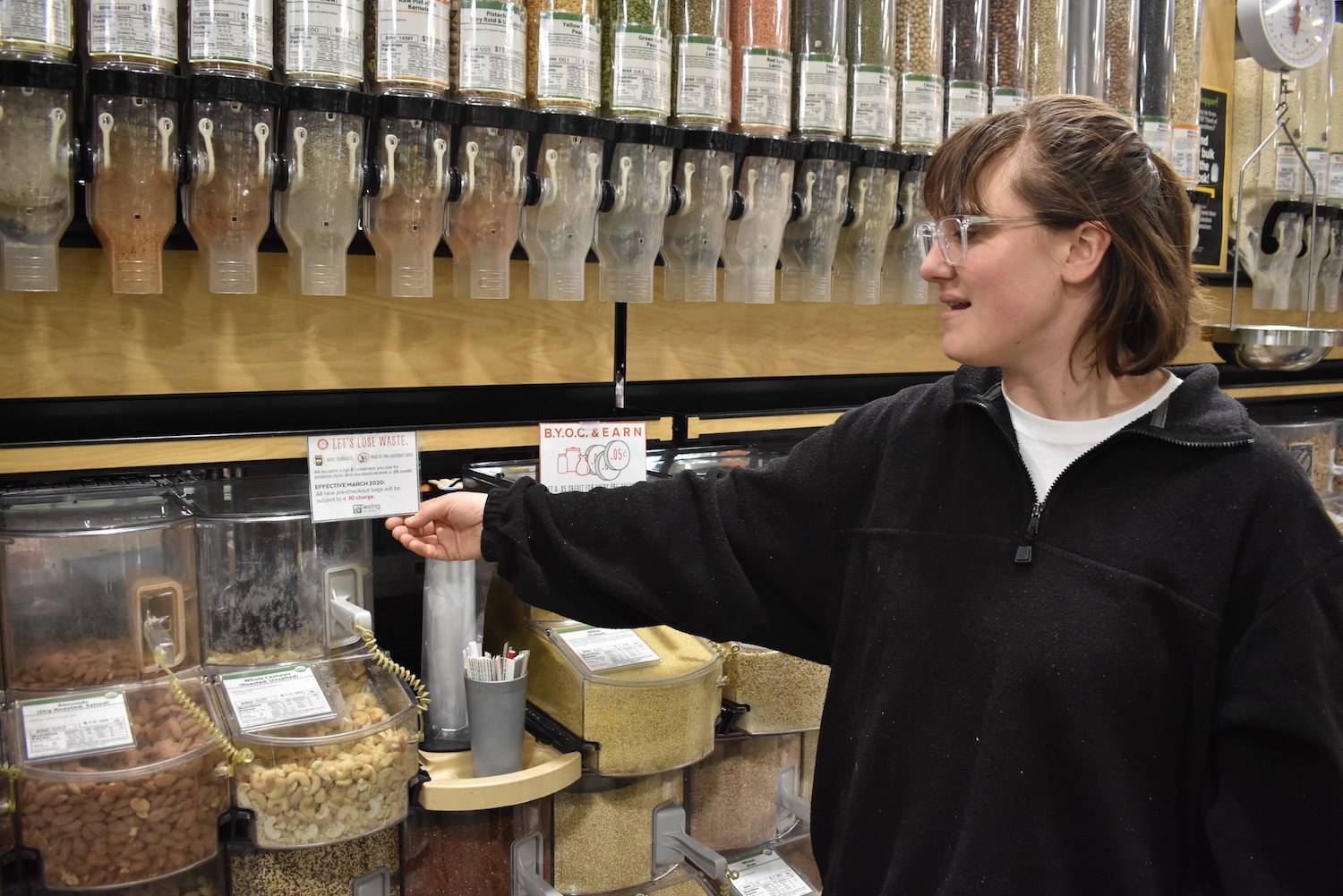
Arielle Lewelly stands in the bulk section at Alameda Natural Grocery in Alameda, California
Karine Vann
Here’s the strange thing about bulk: Though it’s been relegated to its own small section of the supermarket, it can actually be enormously profitable for grocers.
According to a 2007 report from the UK nonprofit Waste and Resources Action Program (WRAP), food retailers can save between $40,000 and $170,000 for every one million units of pre-packed product they convert to self-dispensing bulk systems. That’s, in part, because unbranded goods don’t reflect the additional marketing costs food companies incur to earn brand loyalty. At the same time, the WRAP study found that bulk goods can be a full 30 to 60 percent cheaper to customers than their packaged counterparts—a finding corroborated by a second study from Portland State University in 2012. This makes bulk a rare retail win-win: It’s simultaneously cheaper for consumers and more lucrative for retailers.
Jay Jacobowitz, president and founder of Retail Insights, says the profitability is also partially explained by the low wholesale value of commodities sold in bulk aisles. Rice, for example, might sell wholesale for around $1.50 a pound, as opposed to fresh proteins, which start at about $4 a pound; considering the low price, customers are less likely to notice any added markup. “Adding .20 cents to $1.50 might not be noticeable to consumers, but in terms of profits, that’s over 10 points, and that’s a huge swing in cost-of-goods margins,” he said. The relative obscurity of bulk is another advantage for retailers, says Jacobowitz. “Since nobody really knows the price of goods, as it’s very rarely branded, the retailer essentially sets the price.” That could be why the PSU study found that some bulk items are more expensive than the packaged versions, though they tend to be cheaper as a whole.
“Once you take away all of the labels, marketing, and pre-packaged portion sizes, you’re left with food that tells you almost nothing.”
These statistics beg the question: If bulk is such good business, why does it lurk in the shadows of most supermarkets?
In a word: brands. The essential role packaging has come to play in marketing and advertising over the last century cannot be overstated. “Once you take away all of the labels, marketing, and pre-packaged portion sizes, you’re left with food that tells you almost nothing, aside from whether you’re the kind of person who picks through the granola bin when you think no one is watching,” observed writer Rebecca Flint Marx in a meditation for Heated on the oddities of bulk shopping. “Food without this kind of accompanying narrative is an increasingly rare commodity, in both the grocery store and the public consciousness.” The ad-averse nature of bulk has made it undesirable territory for many brands, who depend on their packaging to tell their story. And where brands go, grocery stores tend to follow.
For decades, big brands have called the shots in the grocery sector, even if they don’t actually operate supermarkets. As The Counter has previously reported, grocers have effectively outsourced their marketing to the big consumer packaged goods (CPG) companies; it is food companies, not supermarket chains, that we typically see spending millions on prime-time TV ad buys. Supermarkets’ allegiance to household-name food brands—who don’t appreciate the anonymity in the bulk section and have quality control concerns about selling their goods loose—has helped to diminish the status of bulk. And though the alliance between food companies and grocery stores has frayed somewhat, most grocery chains still view Big CPG as a key partner in their success.
That’s meant that innovation in the bulk sector has largely come (if it’s come at all) from outside sources, and not from supermarkets themselves. The companies and nonprofit groups battling on bulk’s behalf typically have agendas of their own, whether it’s reducing waste, increasing social equity, improving public health, or simply finding a way to break into a less competitive, potentially lucrative area of the supermarket. All these groups tend to agree on one thing: the bulk section is just too user-unfriendly for its own good.
—
Eva Holman, a program manager at UPSTREAM Solutions, a nonprofit which lobbies against single-use plastic, thinks the neglect of bulk is a shame due to the section’s vast, untapped waste-reduction potential. In one focus group she ran in San Francisco, participants’ indicated their biggest concerns about bulk food shopping was resoundingly cleanliness. “They don’t want to shop in a funky, dark, dirty bulk food experience,” she said. “Not that plastic’s clean per se, but people have this illusion of it being a clean and safe protector.”
“Right now, when you go to the hippie bulk food aisle, the experience sucks,” said David Conway, an entrepreneur based in the San Francisco Bay area, whose business SmartBins is intent on reinventing this overlooked aisle of food retail. “We’re trying to change that and make it a more friendly experience.”
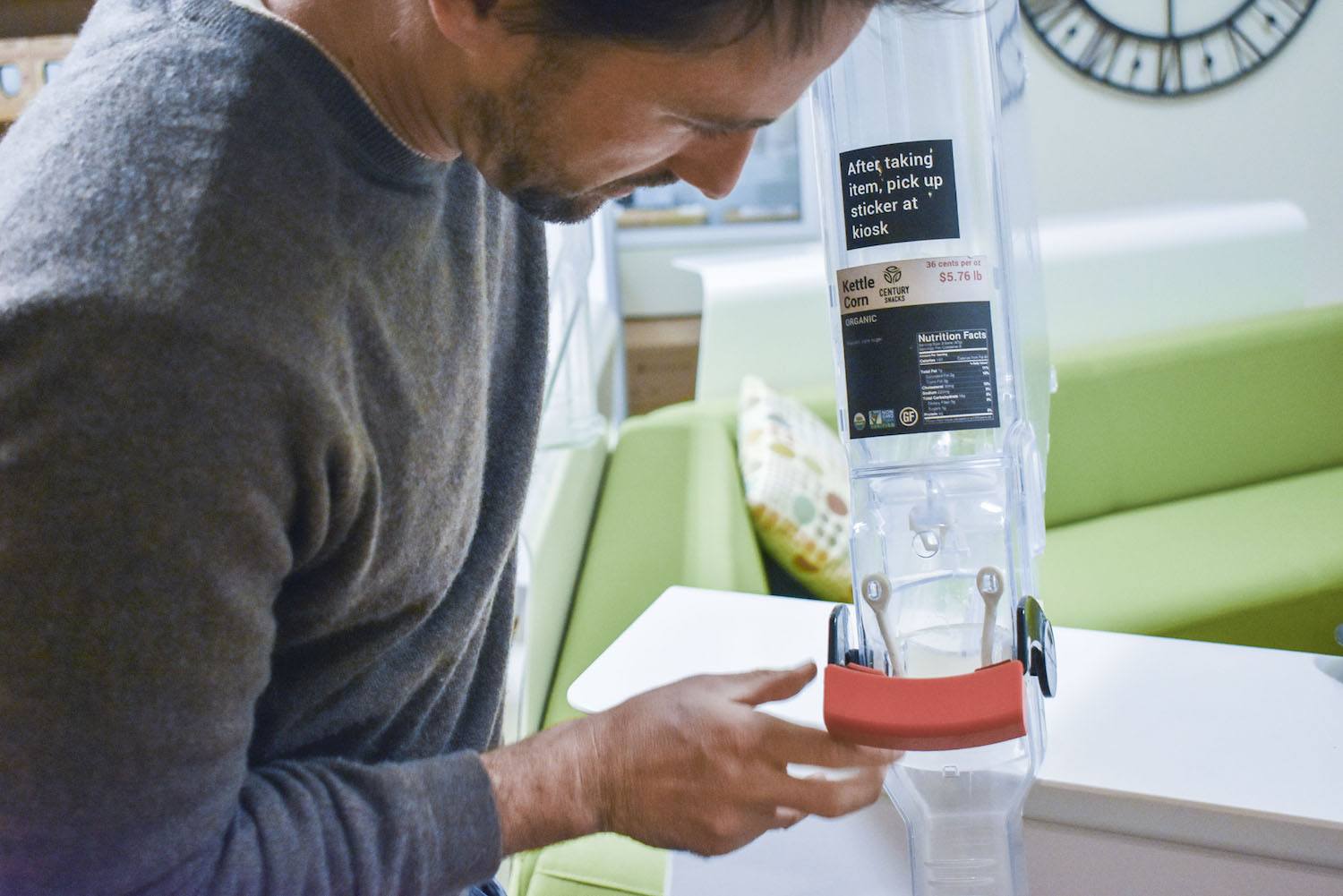
David Conway of SmartBins toying with a prototype
Karine Vann
Initially, Conway had wanted to start his own zero-waste store, like the many others popping up in the Bay area. A sailor and veteran of the Coast Guard, he had spent a lot of time at sea and saw his fair share of plastic pollution and longed to do something to stop it.
“I just saw so much stuff and I really started asking, ‘What is all this trash?’ I found out that most of it is simply food packaging!” Conway wasn’t wrong; According to a 2018 audit by Ocean Conservancy, of 23.3 million pounds of trash on beaches in more than 120 nations, plastic packaging from food was the most commonly found item. Purchasing food without packaging could help solve this global crisis. But currently, the most accessible way to purchase food package-free is through the bulk section of the supermarket.
Conway soon saw how reconfiguring bulk could be ground zero in solving the packaging dilemma. “And so that brought me to the question: How do we make bulk as easy as pre-packaged?” Working with his brother Russell, an industrial designer, since 2015, they have been developing a new type of “smart,” sensor-driven bulk dispenser to clean up this aisle—”no more of those scoop bins,” which he says are “totally unsanitary.”
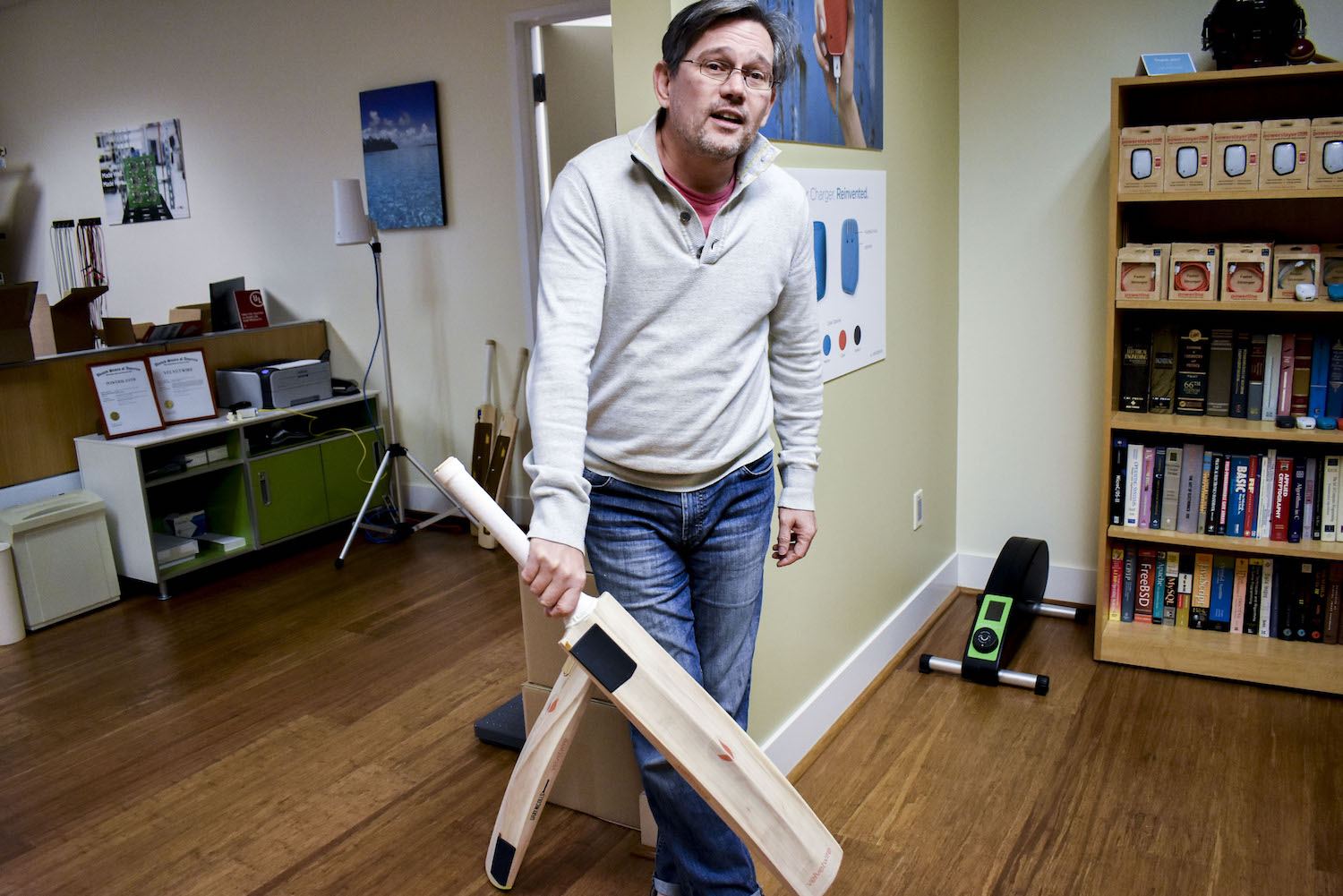
Velvetwire’s Eric Bodnar poses with a sensor-clad cricket bat. The same technology that measures the velocity of an athlete’s swing may also be able to track the flow of bulk goods from a dispenser. (April 2020)
Velvetwire
The Conways’ early designs have involved attaching sensors to pre-existing bulk bins. Eric Bodnar, co-founder of the Santa Cruz-based lab Velvetwire, is responsible for the sensor technology that makes them possible. “It’s a sticker that does structural analysis of whatever its affixed to,” said Bodnar in an interview, demonstrating on a cricket bat in his lab. (Recently, the same sensors were used in Fox Cricket’s Smash Factor, a new feature that delivers audiences real-time data from sensors attached to players’ cricket bats. In the future, the idea is to bring the same to baseball, says Bodnar.) As goods flow through the dispenser, their volume is measured instantly—no weigh-and-pay required.
But this is just the tip of the iceberg for the Conways, whose end goal is to use bulk to redesign grocery supply chains altogether. They’ve spent the last few years developing a new type of fully automated, modular shelving unit and are preparing a crowdfunding campaign to raise money for a new grocery store in San Francisco in which to house them.
Halfway across the world, in the Czech Republic, corporate marketing and design expert Petr Baca founded a company named MIWA, short for “minimum waste,” under a similar premise. Having spent two decades working with Big CPG brands, Baca had seen clearly bulk’s potential, yet given what he knew about the industry, in its current form, it was a no-go for major food producers.

Photo courtesy of David Conway
A SmartBins shelving unit
“Imagine that you are a big company and you’re an easy target for any complaint, and then someone opens and uses their hands to shop your product instead of a shovel at the bulk section. It can get easily contaminated and shortens the lifespan, and then you’ve lost a large amount of product in a short time,” said Mirek Lizek, MIWA’s marketing director. Stores, too, are not inclined to take bulk seriously because they are driven by efficiency. “Bulk sections as they are currently, are demanding on the workforce,” he explained. “You have to refill them, clean them, they’re not well-equipped … It’s time consuming, and this discourages them from seeing it as a solution.”
Working with a team of industrial designers and information technologists, Baca has developed a similar type of self-dispensing, package-free solution—similar to the SmartBins model. (The two companies did share a serendipitous cab ride on the way to a zero waste conference they were both invited to, but have otherwise not collaborated).
There are others, too: The Chilean company Algramo has been developing new bulk technology to combat the “sachet economy” in developing countries, in which corporations sell products in smaller packaged portions in low-income areas, but at a higher per-ounce price. The practice creates more plastic waste and implements what Algramo’s founder José Manuel Moller calls the “poverty tax,” because the poor are charged more for less product. In 2017, Algramo’s self-dispensing solution was one of the winners of the MacArthur Foundation’s Circular Design Challenge and Unilever has announced they are partnering with them as a package-free solutions incubator.
—
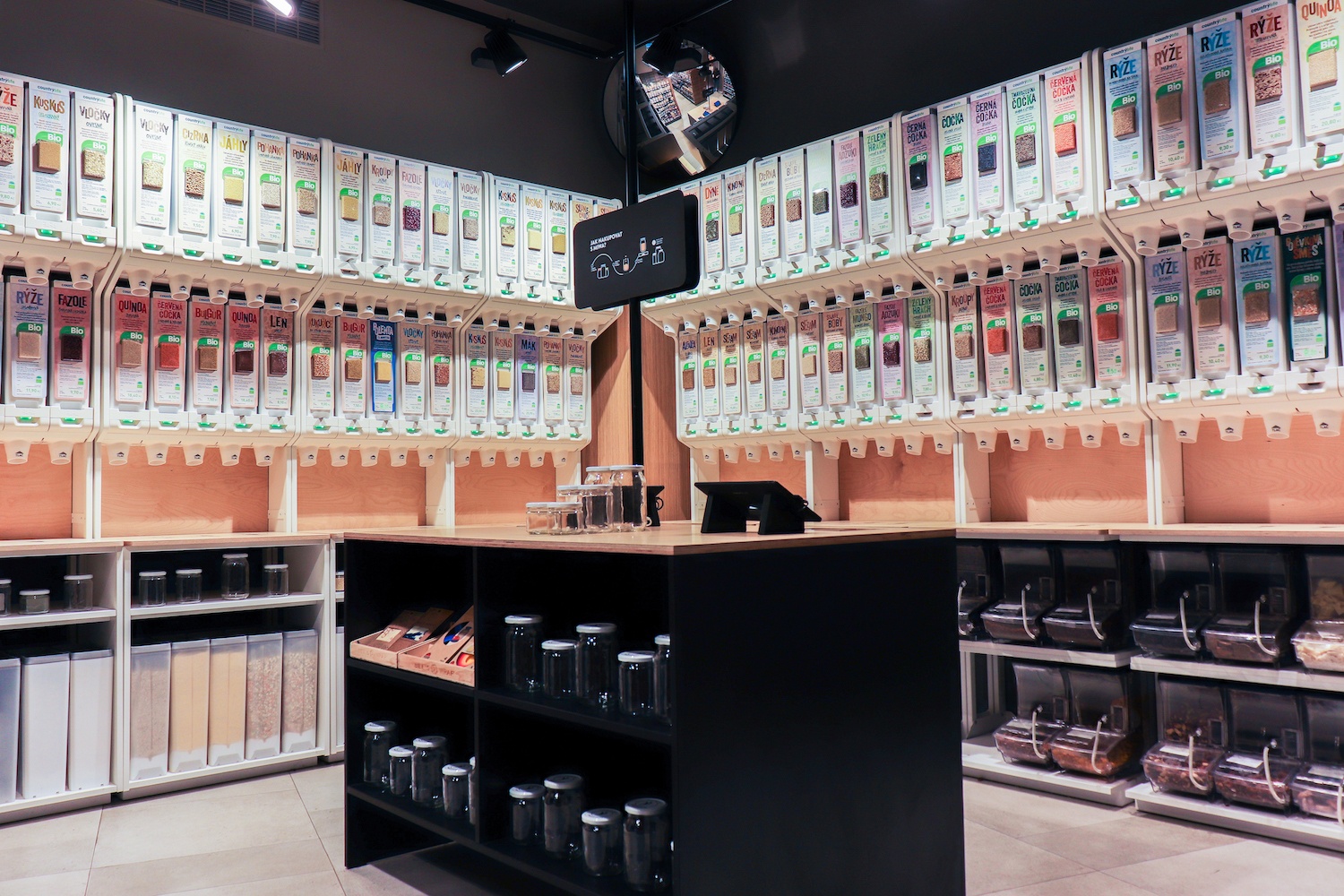
A MIWA bulk installation
MIWA
While these companies are trying to bring bold new ideas to the supermarket, it hasn’t helped that the sector keeping food unpackaged has spent the last fifty years quietly consolidating. Today, the ‘bulk solutions’ industry that businesses like SmartBins, MIWA and Algramo are entering is dominated by a virtual monopoly.
“All the bins that you see in bulk sections everywhere in the country? One company,” said one owner of an independent grocery store in the Boston area. “And holy crap, are they expensive.” His modest bulk display put him out several thousand dollars.
The company responsible for them is called Trade Fixtures, a manufacturer and distributor of bulk dispensers since 1982. Assessing the bulk dispenser market landscape can be difficult, since sticking a shovel in a home-made wooden barrel of lentils is also technically a “bulk dispenser”—though Trade Fixtures sells those, too—but it is generally agreed upon that there is little competition. (In 2002, it merged with one of their main competitors, a company called New Leaf. In 2014, Trade Fixtures itself was purchased by Berkshire Hathaway. Representatives from Trade Fixtures had not responded to request for comment by press time.)
Get your twice-weekly fix of features, commentary, and insight from the frontlines of American food.
Still, one thing is certain: the potential for disruption is high—in bulk dispensing equipment, as well as in food packaging, a nearly $370-billion dollar industry, which is both highly wasteful and woefully data-averse. Smart, sensor-driven technology that could not just unpackage food, but also accumulate precise information about inventory and consumer behavior, could send it toppling.
Both SmartBins and MIWA are touting a system of modular shelving units, which can traverse the supply chain and make refilling dispensers a simple click-in process. “What SmartBins really is, is a supply chain efficiency company,” said Conway. “If you told somebody 20 years ago, ‘You’re going to be building your own furniture at home.’ They’d say, ‘No I’m not. I’m going to buy it at the store and get it assembled already.’” Being able to shorten supply chains and pass those savings onto the customer in the same fashion as IKEA (a company which ironically helped make furniture disposable) would change the way business is done.
“I hate IKEA personally, but they own the market because they won in the supply chain,” he said. By eliminating packaging from the equation, “that’s what we’re doing to grocery.”
MIWA capsules are equipped with a microchip that can track an array of valuable data points, like how many runs has the capsule completed, what product it contains, and the expiration date.
MIWA has already begun testing prototypes for a similar kind of capsule, which has been designed to stack easily and traverse the supply chain back and forth up to 300 times, lowering shipping fees and eliminating what Lizek calls “secondary packaging,” the plastic and materials required to keep orders safe during transportation, which can be significant.
MIWA capsules are equipped with a microchip that can track an array of valuable data points, like how many runs has the capsule completed, what product it contains (and has contained in the past), and the expiration date. It would be a profound shift for a segment of retail Lizek refers to as “a legislative grey zone, where nobody really knows how or what kind of information they have to give to the consumer, or what kind of storage conditions are required.” Bulk would transform from an information vacuum, where the movement of inventory is difficult to track, to a cornucopia of data.
—
For each item being decanted from a MIWA dispenser, a team of information technologists has spent hours relentlessly pouring the commodity through the system, to determine the velocity at which it falls in order to correctly time the opening and closing of the mechanism, “because as you can imagine, rice falls differently than hazelnuts.”
“At the end of the day,” said Lizek, “it’s just information and the information system. It’s just two numbers for each product that dictate at what angle it should open and for how long.”
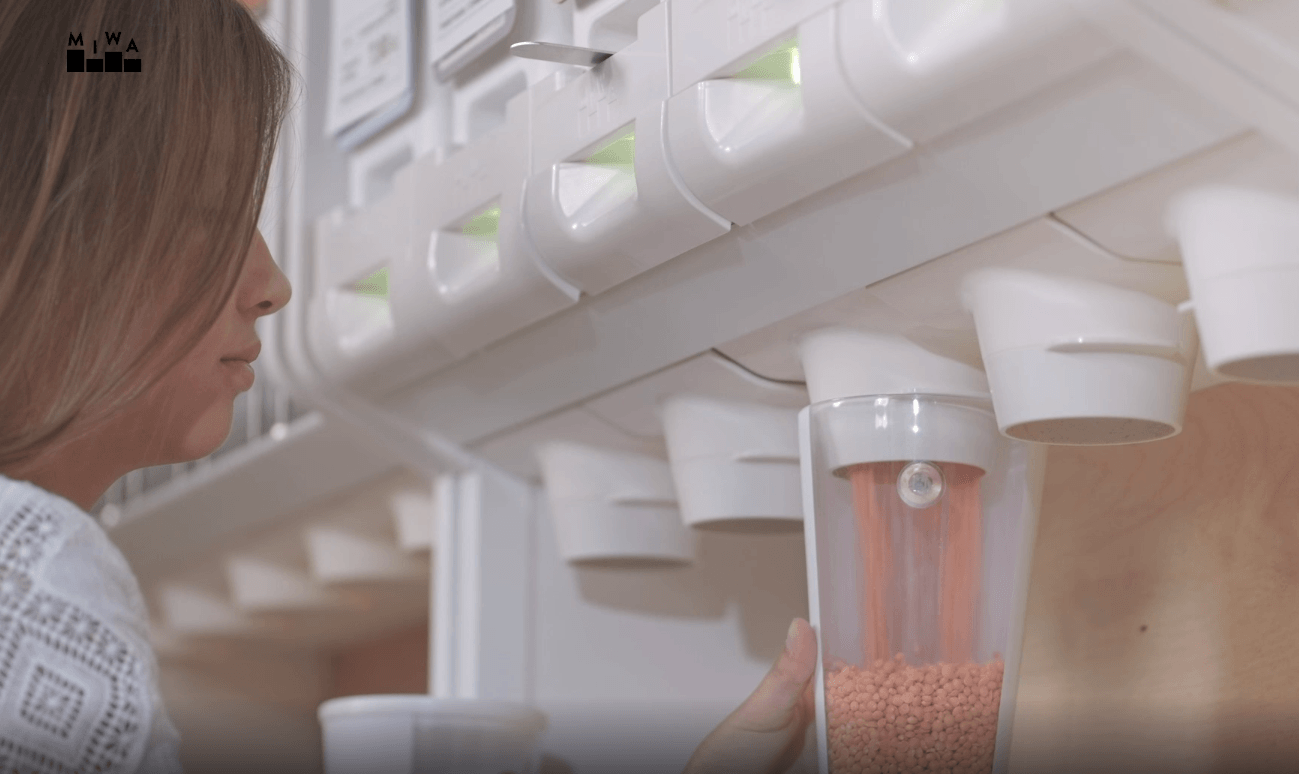
A screenshot of MIWA’s promotional video featuring their chipped cup
MIWA
MIWA eventually envisions microchips not just in the store, but going home with consumers, too. One promotional video on the company’s home page shows a mother and daughter shopping at a MIWA bulk aisle, where the mother hands a microchipped “smart cup” to her daughter, who wordlessly touches the cup to a dispenser, filling it with lentils. The mother pays for it in a smart phone app and the video cuts to a scene of her at home gazing at a pantry lined with MIWA’s chipped containers.
The company’s narrative about tech’s incursion into people’s homes is predictably optimistic. Lizek highlights the potential for reducing food waste. “You might get a notification from your phone that says ‘Watch out, your rice is expiring soon.’ You also have information about how to cook it, there might even be recipes in the application in the future.”
Is there advertising potential inherent in such a model? Baca thinks so. In 2018, Nestlé commissioned MIWA’s bulk dispensers for its cat food and Nescafé powdered beverage mix. It has gone live in three stores so far. “Buyers of cat food were very excited to be able to bring reusable containers,” Lizek said of the trial.
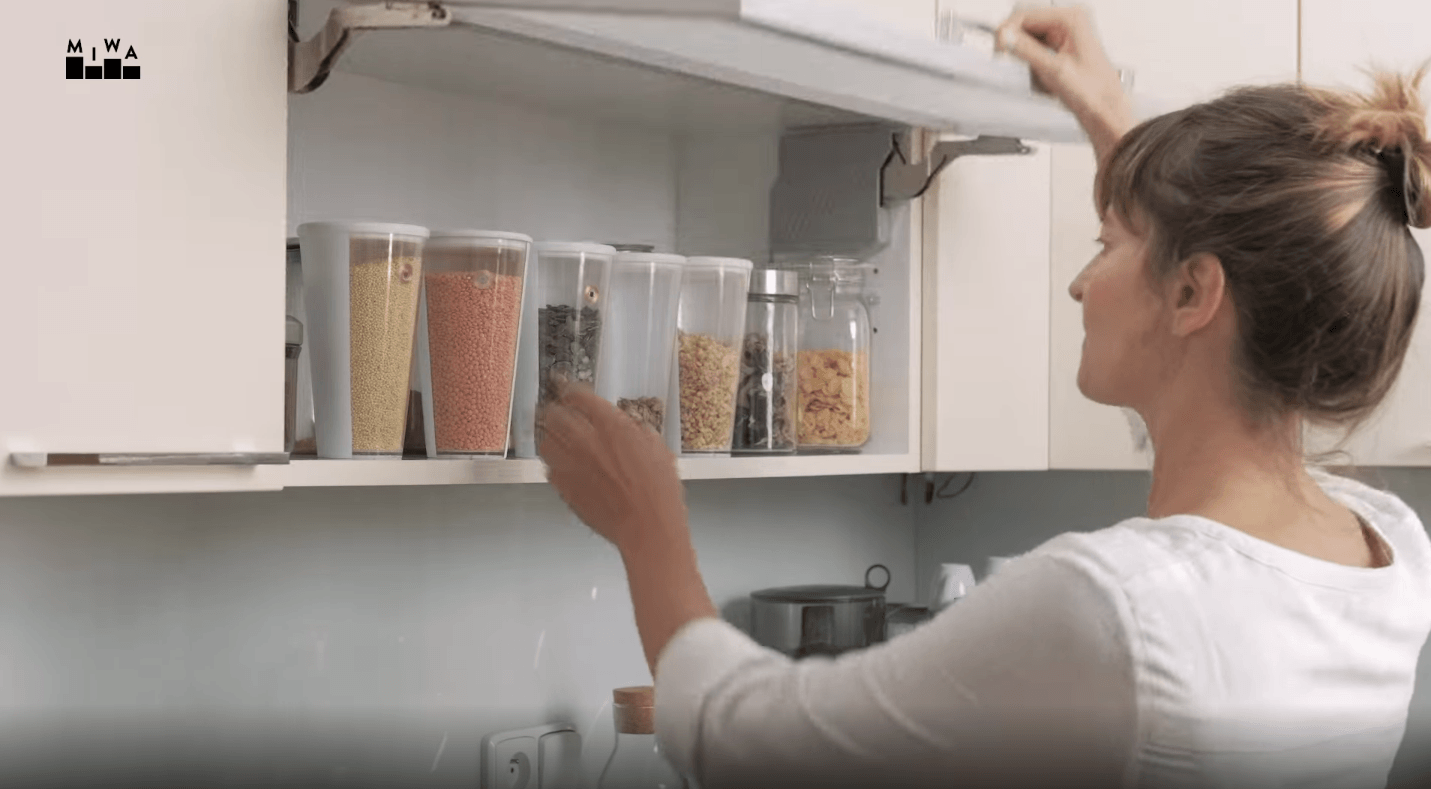
MIWA’s chipped cups in a customer’s home
MIWA
Conway thinks the marketing power of next-generation dispensers may go far beyond that. In 2017, the Economist reported that data was a more valuable resource than petroleum (ironically, the commodity responsible for the packaging problem bulk is solving). Technology promising to retrieve precise information about food and its use in people’s homes is valuable to brands. The sale of data to inform marketing and product development may generate an additional revenue stream for the operators of such technology. (Currently, their main source of revenue comes from retailers, paying for dispensers as a service.)
“There’s massive marketing opportunities for brands,” said Conway. SmartBins’ promotional material features mock-ups of iPads with real-time marketing, so companies can do things like offer discounts on products that aren’t moving quickly. “Brands could actually get interactive, targeted marketing, with instant feedback on shopper behavior.”
“This is one of these stories where the triple bottom line wins,” he said. “Shoppers save money. Corporations make more money. And we’re reducing waste.”
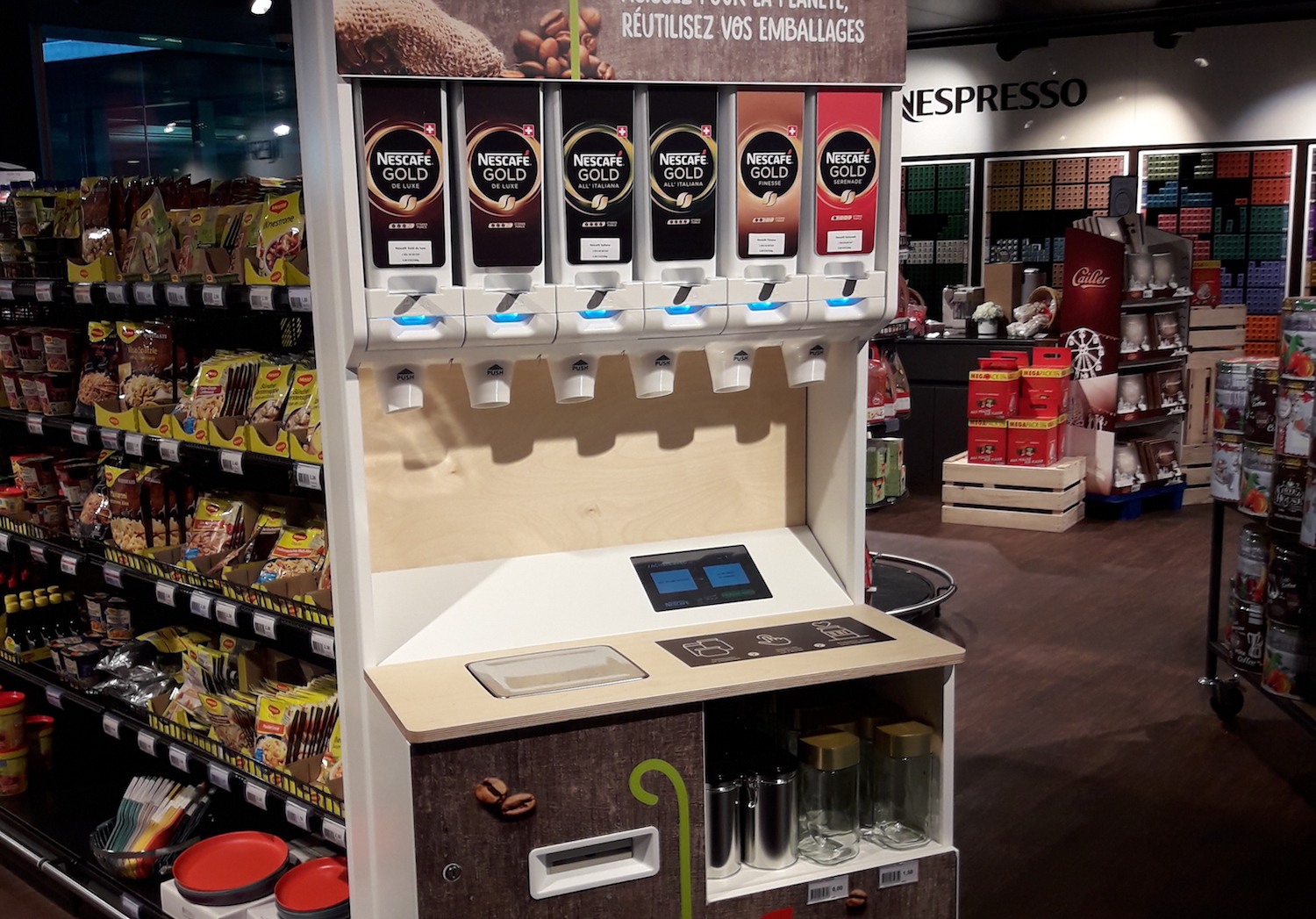
MIWA’s Nescafe installation
MIWA
Melanie Bernier, a zero-waste advocate and longtime shopper of bulk in both Boston and Philadelphia, has a hard time with the idea. “I mean, I’m just kind of fine with just the old-fashioned way,” she said. “I think it works pretty well on its own, and any kind of system like that sounds like it would add to the cost of bulk food, I’m skeptical about.” It will be interesting to see how bulk’s current consumer-base, made up of people like Bernier, who harbor strong convictions about the environmental implications, commodification, and industrialization of food, will react to such a change.
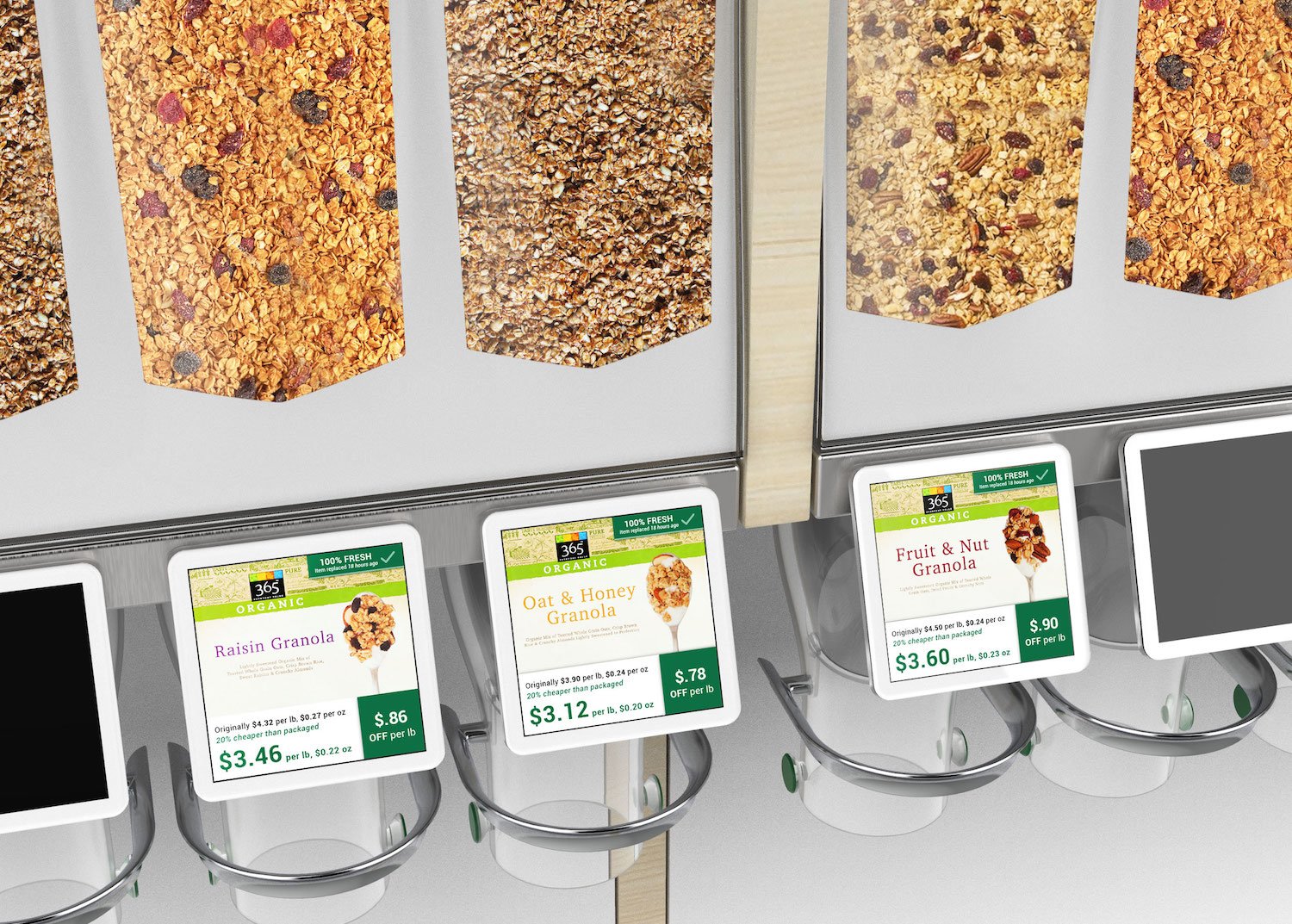
A mock up design of a granola SmartBin installation
SmartBins
While bulk-dispenser startups eye world dominance, some are making more modest improvements to the section that has never drawn attention to itself. FillJoy is an app founded by former Google employee, Derrick Chao, who, like Conway and Baca, landed on bulk as a solution to the packaging problem. The app helps customers shopping in this aisle more easily weigh, or tare, containers they brought from home. Prior to COVID-19, the app was live in five stores across the Bay area.
Arielle Llewellyn, sustainability director of Alameda Natural Grocery in Alameda, California, installed a Filljoy iPad kiosk last summer in an effort to bolster the store’s zero-waste appeal. She says bulk has always been a mainstay in her store, as the package-free aspect and all-natural contents align with her company’s earth-friendly values.
“It has been a tried and true section for decades, but it needs a resurgence,” Llewellyn told The Counter in an interview back in January. “It’s been forgotten about in some ways just how simple and impactful shopping in that department really is.”
It may be awhile, however, before technology from companies like MIWA and SmartBins goes mainstream, especially now that Covid-19 has led many to question the hygiene of buying goods loose. MIWA, which is live already in two supermarkets in Prague, told The Counter it has had to postpone bigger launches in Germany and France, both countries in which bulk shopping has a large audience.
In the meantime, Conway says his company is moving away from the term bulk: “We’re really considering ourselves ‘package-free.’” After all, he said, “bulk can mean a lot of things.”
